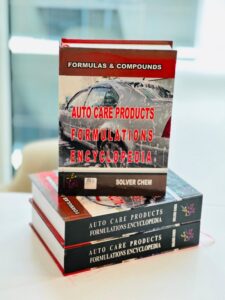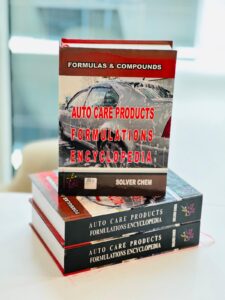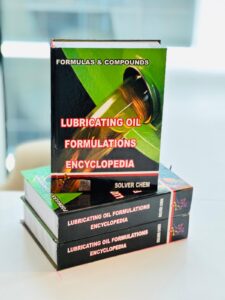
Organic Acid Technology (OAT) Antifreeze, often referred to as Extended Life Coolant (ELC), is a modern type of engine coolant that uses organic carboxylate acids as its primary corrosion inhibitors.
Unlike traditional Inorganic Acid Technology (IAT) coolants, OAT coolants are typically free of silicates, phosphates, and nitrites, which provides them with their signature long service life.OAT coolants are commonly dyed orange, pink, or red.
Definition and Working Principle
- Definition: OAT Antifreeze is an ethylene glycol (or propylene glycol) based cooling fluid designed to protect modern engine cooling systems from freezing, overheating, and corrosion over an extended period.
- Key Inhibitors: Carboxylate acids (organic acids) are used instead of traditional inorganic salts.
- Working Principle: OAT coolants offer corrosion protection via a fundamentally different mechanism than IAT coolants. Instead of forming a thick layer on all metal surfaces, organic acids form a very thin, molecular layer that only adheres to anodic (corroding) sites where protection is actively needed.
- This “spot protection” method means the inhibitors are consumed much slower, leading to a significantly longer lifespan.
- This formula is particularly effective for the aluminum and lightweight alloys common in modern engines.
Key Advantages and Applications
| Feature | OAT (Organic Acid Technology) | IAT (Inorganic Acid Technology) |
| Service Life | Long-Life: Up to 5 years or 150,000–250,000 km | Short Life: ~2 years or 40,000–50,000 km |
| Corrosion Protection | Targeted and highly effective on modern aluminum alloys. | Fast-acting and broad coverage on all metals. |
| Key Additives | Organic Carboxylic Acids ($\text{EHA}$ or others). | Silicates and Phosphates. |
| Sludge/Scale Risk | Very Low. Silicates and phosphates that cause sludge are eliminated. | Higher, especially if mixed with hard water. |
Applications (Who uses OAT?)
OAT coolants are the preferred and often required coolant for:
- Modern Passenger Vehicles: Generally used in newer vehicles from manufacturers like GM, Ford (certain models), and many other global brands that rely heavily on aluminum engine components.
- Light-Duty Trucks: Recommended for their extended service intervals, reducing the frequency of maintenance.
- Specific European and Asian Models: While some may use Hybrid OAT (HOAT) or POAT, many require a pure OAT formulation.
Disadvantages
- Slower Activation: The targeted protection mechanism is initially slower to activate than the blanket protection of IAT.
-
Incompatibility: OAT coolant is not compatible with IAT coolant and should never be mixed, as this can cause the chemicals to react and form a gel or precipitate, leading to blockages and loss of corrosion protection.
👁️ Görüntülenme: 1




